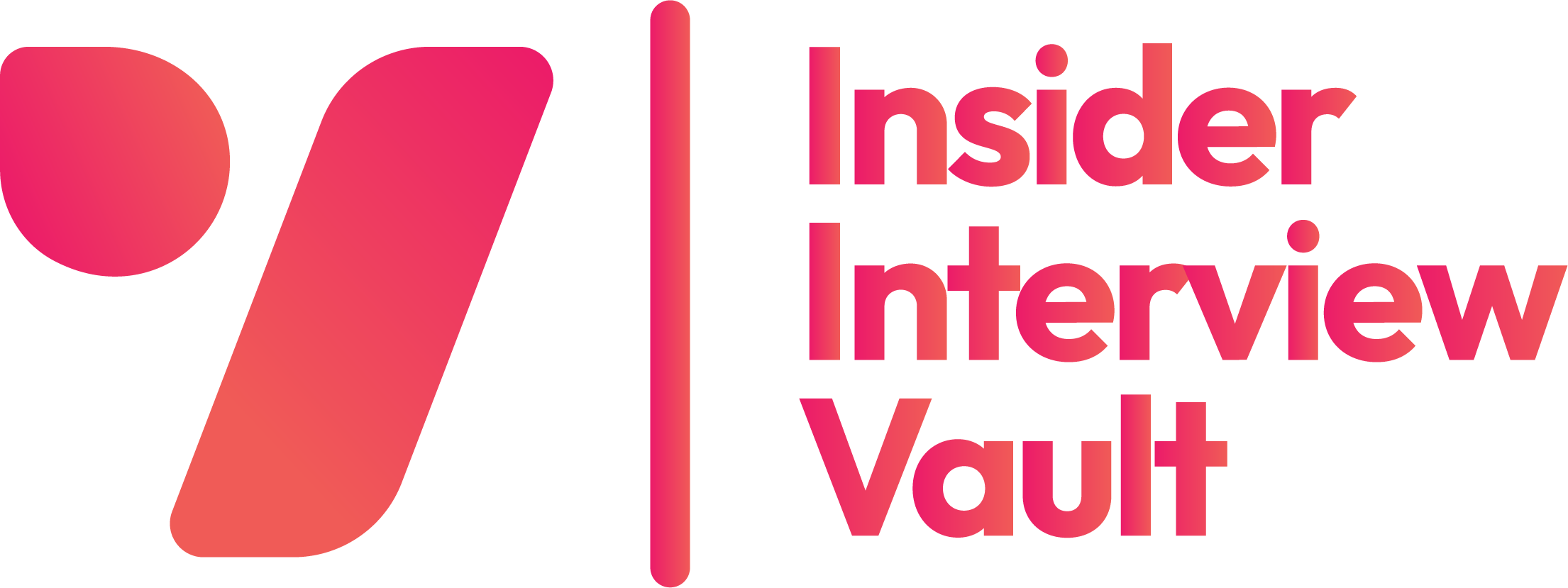When most people think of technical interviews, they picture diagrams, acronyms, and coding puzzles, not storytelling. But here’s the truth, the candidates who leave the strongest impression aren’t just those who know the most, but those who can explain what they did, why it mattered, and what it changed. That’s where the STAR method comes in — Situation, Task, Action, Result. While often taught for behavioral interviews, STAR is one of the most underrated tools for technical roles like Cloud Engineer, DevOps Engineer, Software Engineer, or Product Manager. At Insider Interview Vault, we believe mastering STAR can give technical candidates a distinct edge, and here’s why.
Technical interviews are rarely just about technology. Yes, you’ll get asked to design scalable systems or troubleshoot incidents, but beneath those questions is something deeper, your ability to make decisions under pressure, communicate clearly, and demonstrate impact. STAR gives your answers a structure that makes those qualities visible. It helps you tell a story that the interviewer can understand, remember, and advocate for when they’re sitting in a debrief room deciding who to hire.
Without STAR, it’s easy to fall into the trap of rambling. Candidates often jump straight into the tools ,“We set up ECS with autoscaling and tied it to a Lambda trigger using EventBridge”, and forget to explain what problem they were solving or what impact it had. STAR helps you slow down and walk your interviewer through the full picture. First, you set the scene. Then you explain your role. Only then do you dive into the technical work and finally, share the outcome. It doesn’t make your answer sound rehearsed. It makes it clear, structured, and impressive.
Let’s say you’re asked about a challenging incident in production. You could say, “We fixed a memory leak in production,” or you could use STAR. Like one of the candidates featured in our Cloud Engineer guide who explained how their analytics service kept crashing under peak load, how they traced the issue to a Go library using profiling tools, implemented a rollback, and established new alerting standards. They closed their answer with measurable results — 99.995 percent uptime, client escalation closed within hours, and a 60 percent reduction in future incidents. That’s the kind of answer that gets people hired.
Even system design and architecture questions benefit from STAR. Instead of jumping into infrastructure, start by explaining the situation. What was the business need? What was the challenge? Once the context is clear, your technical choices make more sense. When you end with outcomes, performance, scalability, user impact, your interview becomes more than a technical explanation. It becomes a story with results.
At Insider Interview Vault, we’ve helped hundreds of candidates turn their experience into offer-winning stories using STAR. Our downloadable PDF guides are built for roles like Cloud Engineer, DevOps Engineer, Product Manager, Software Engineer, Data Analyst, and more. Each guide includes real interview questions, STAR-based answers, and recruiter insights to help you stand out and speak with confidence.
If you’re preparing for interviews, this is the edge you’ve been looking for. Don’t just hope you make an impression, structure your answers, own your experience, and speak like the top candidate.
Find the right guide for your role, download it today, and start preparing smarter.https://theinterview-questions.com/shop/

